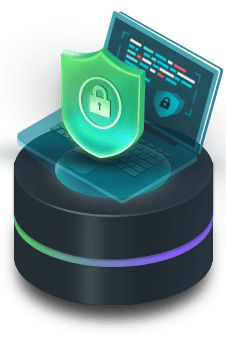

Social engineering poses a significant threat to organizations, exploiting human psychology to manipulate individuals into divulging sensitive information or performing actions that compromise security. Cybercriminals use tactics such as phishing, pretexting, and baiting to deceive unsuspecting employees, making it challenging to distinguish legitimate communications from malicious ones. As remote work becomes more prevalent, the risks intensify, with employees targeted through personal devices and unprotected networks. The consequences of falling victim to social engineering attacks can be severe, leading to data breaches, financial loss, and reputational damage. Therefore, understanding and addressing these dangers is critical for maintaining robust organizational security.


Social engineering exploits emotions such as trust and fear, leading employees to inadvertently share sensitive information or click on malicious links.
Cybercriminals continuously refine their methods, using sophisticated techniques like phishing, baiting, and pretexting to deceive targets.
The rise of remote work has expanded the attack surface, making it easier for attackers to reach employees through personal devices and unsecured networks.
Many employees may not recognize social engineering attempts, leaving organizations vulnerable to exploitation.
Employees can be manipulated by attackers or may inadvertently compromise security due to a lack of awareness.
To effectively defend against social engineering attacks, organizations should implement a combination of email security, endpoint security, and end-user awareness training using Green Radar’s grMail, grShield as well as grAssessment services. Here’s how each solution contributes to a robust defence:



As social engineering tactics continue to evolve, organizations must adopt a multi-layered defence strategy that includes email security, endpoint security, and end-user awareness training. Green Radar offerings in these categories are unmatched in effectiveness and simplicity. By implementing these solutions, organizations can significantly enhance their resilience against social engineering attacks, protecting sensitive information and fostering a security-conscious culture among employees.
"*" indicates required fields